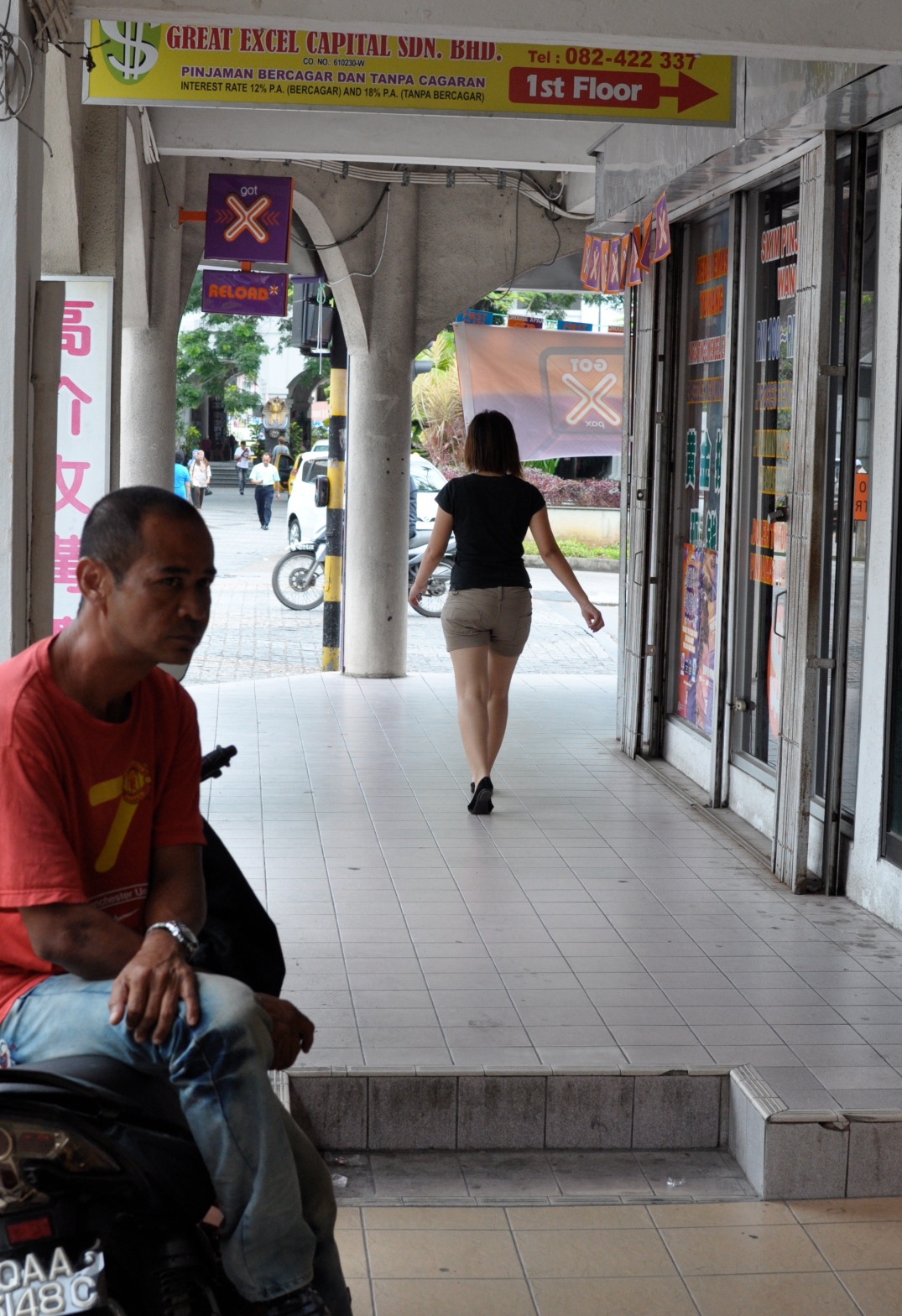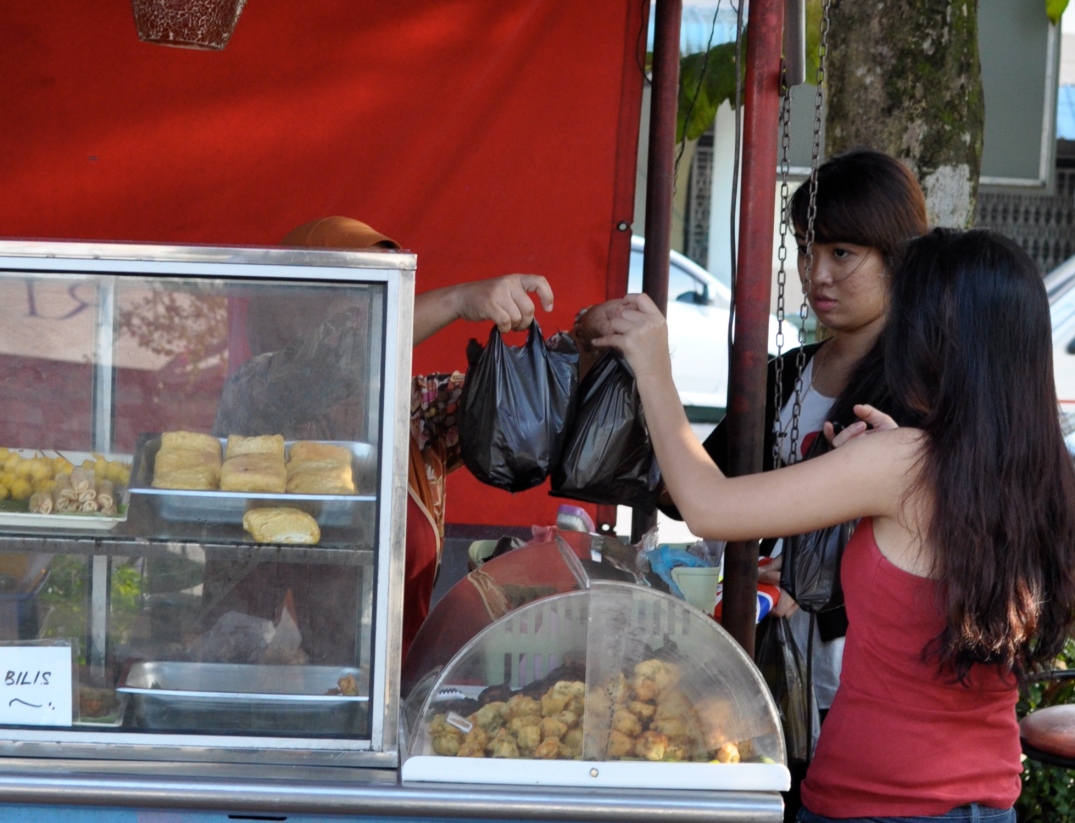The easy to like city of Kuching grew up on the banks of the Sarawak River not far from the western end of the island of Borneo and was first called Sarawak. In 1872 Charles Brooke, the second White Rajah, officially renamed it after a nearby hill, Bukit Mata Kuching ( a local longan fruit with seeds like gleaming cat’s eyes ) from where a stream once flowed near the riverfront. He probably did this to avoid confusing his capital city with the name of the vast swath of coasts, rivers, jungles and mountains the size of England which thirty years earlier had been given by the Sultan of Brunei to his maternal uncle, the first White Rajah, “and his heirs forever” for helping the Sultan suppress rebel tribesmen and pirates. These days the city is arguably Malaysia’s most livable and without doubt, its cleanest. The roads, corridors and pavements of the town are lovingly swept by gangs of dedicated cleaners in bright t-shirts most hours of the day. The eating shops are spotless, cheerful and run by people who own them – a world away from the rat friendly food courts of KL with their fetid open drains and insouciant foreign waiters.
Kuching’s multiculturalism is authentic, visible and, I suspect, more than just skin deep. The places of worship of each ethnic community : church, mosque, temple are built on a human scale and stand equally with no monster structure dominating over another. Muslim women in colorful headscarves sell curried rice next to Chinese stall vendors sprinkling minced pork over bowls of kolok mee that are eagerly awaited by tables of Christian Bidayuhs, Ibans and other indigenes from Sarawak’s deep green interior. Street signs are in Malay and (the only place in Malaysia) Chinese, reflecting the city’s history and demography.
Kuching is what Malaysia had once promised to be.


























